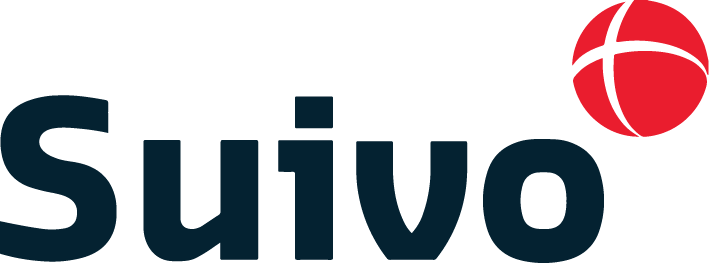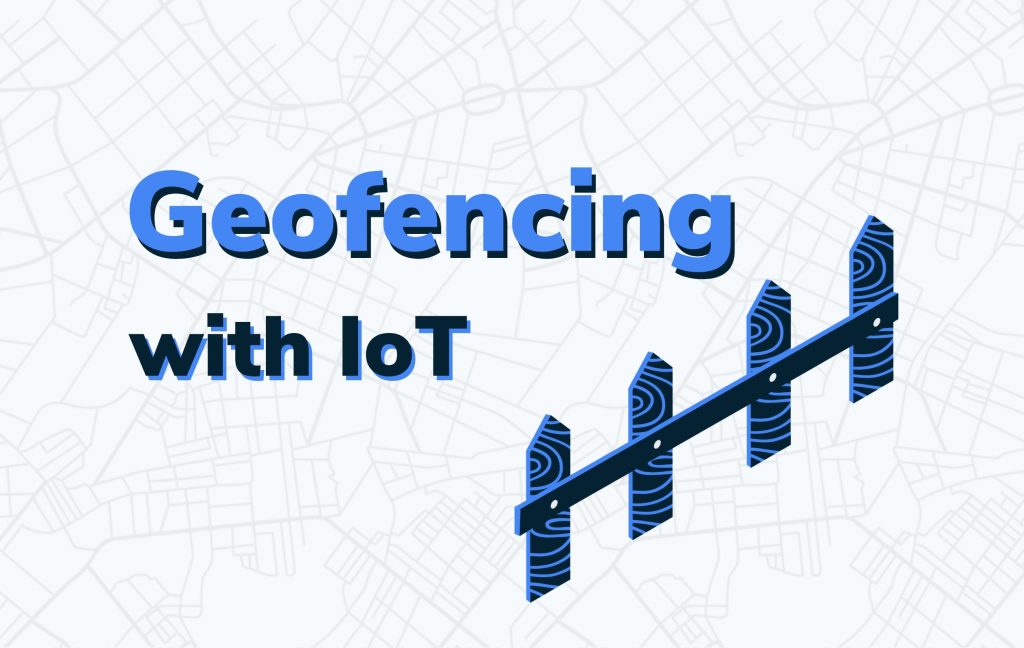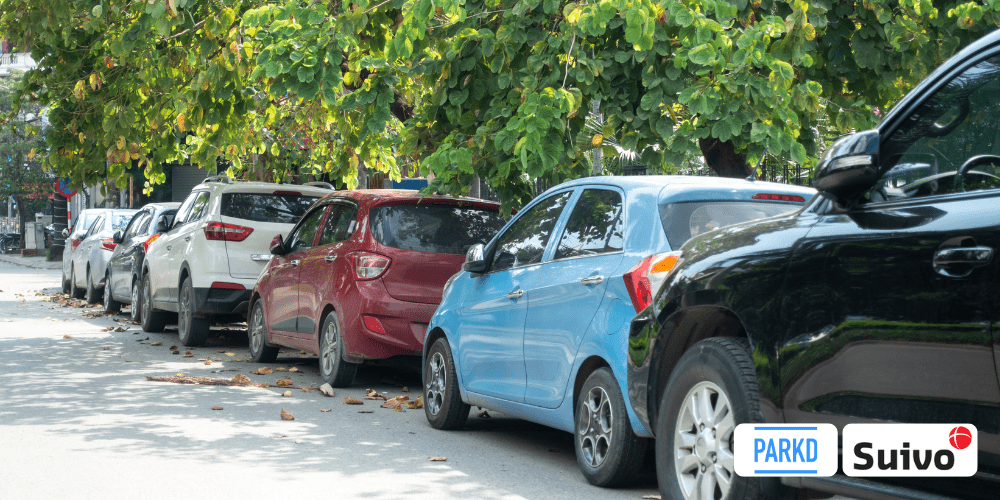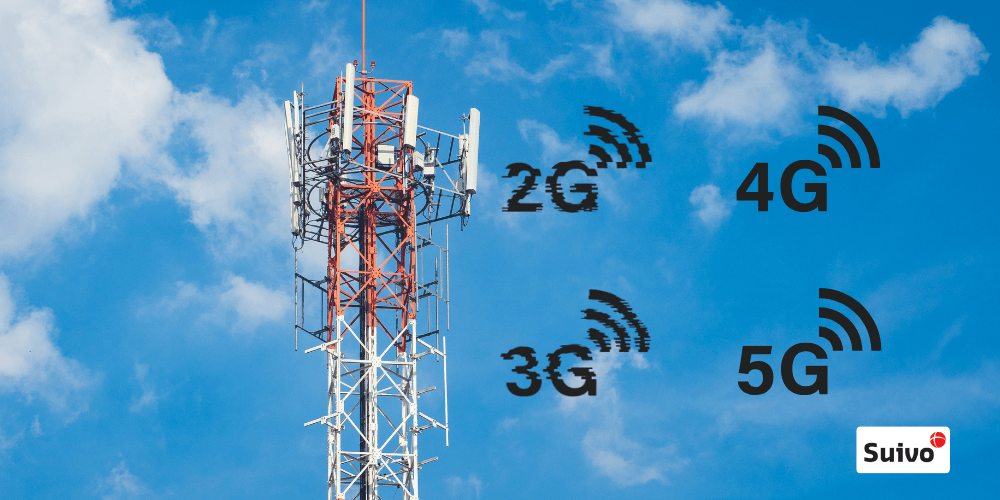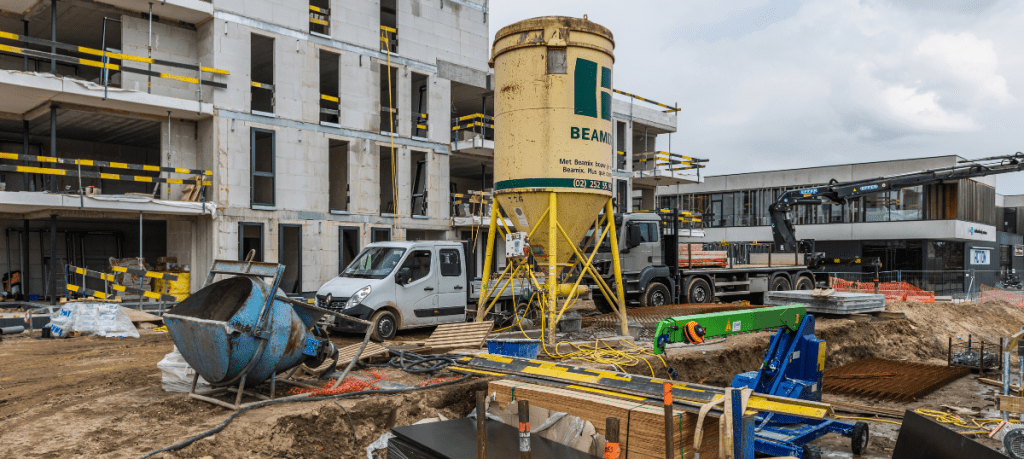Geofencing and IoT is a winning combination when it comes to giving you peace of mind about where your assets are. But what is geofencing exactly? How does it work with IoT? And why do you need it? Let’s find out!
What is geofencing?
Geofencing literally means defining a certain geographical area, via a virtual perimeter. You can picture it as a digital fence with predefined boundaries. There are many ways to establish a geofencing area, but the most well-known is a radius around a point location.
How does geofencing work?
Geofencing uses GPS technology to define a geographical area to ‘fence’. This is linked to software packages which can be used to set alarms, trigger notifications, take actions, etc. whenever the perimeter is crossed by a person (with mobile device) or asset.
For example, if your organization has a large site where you store a lot of expensive materials and equipment, you can set your geofence to enclose your location and receive notifications when any of your materials or equipment crosses your boundary. You can also log when people enter and leave. All of this has the benefit of safety and security for your assets and people.
Another example is if you manage all the rolling materials for your organization. You can set your geofence to send you an alarm if they leave a certain area.
The possibilities are endless.
Geofencing at Suivo
At Suivo, we use geofencing technology in different ways to track your assets and give you peace of mind. In our IoT Cloud Platform, you can quickly and easily define your digital geofences by setting an area starting with the address, then setting the borders based on your organization’s requirements.
Let’s take a look at some situations where geofencing and IoT from Suivo makes the difference:
• Receive notifications for specific assets
After establishing your geofencing boundary, you can add a rule to notify you when specific assets leave the area, helping to reduce potential theft or misplaced assets and reducing the likelihood of improper use of your assets by your employees.
• Automatically open barriers
Another rule could automatically open a barrier or gate when an asset approaches. This could be used to let in deliveries on a specific truck or type of truck, or to give automatic access to employees with a badge.
• Location based messages
It’s also possible to send an important message to all visitors and employees when they arrive in a certain geofence zone or a specific job needs to be started in your software package. For example, the message could remind visitors and employees about “No Go” areas or PPE needed for dangerous zones.
• Improved safety
Large warehouses often have a lot of internal traffic – vehicles including forklifts and trucks, as well as pedestrians – which can lead to dangerous situations. By defining an area of your warehouse, such as a crossroad, as a large risk zone, you can set a maximum (lower) speed for warehouse trucks in this zone, decreasing the risk and improving safety.
• Automatic attendance lists
Knowing which employees are on site, including the times they arrive (and later leave), is useful information for completing work timesheets and for knowing who is on site in case of an emergency. Geofencing can be set up to automatically capture this information before transferring it to your systems, reducing your administrative workload.
But it doesn’t stop here, geofencing is just one aspect of geolocation services which are growing rapidly, opening up new possibilities, new benefits, and new opportunities. The question is how can your organization use geofencing to maximize its return from a financial, safety, and security point of view?
Next steps: geofencing at your location
